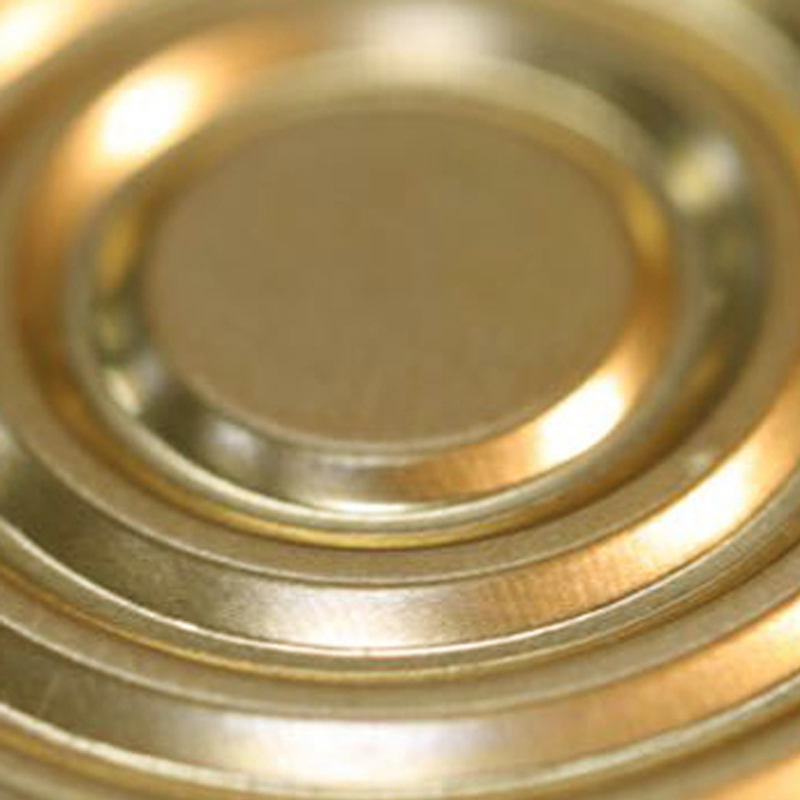
Dec . 28, 2024 23:05 Back to list
Suppliers of Low Pressure Differential Pressure Measurement Instruments for Accurate Monitoring
Understanding Low Pressure Differential Pressure Gauges and Their Suppliers
In various industries, accurate measurements of pressure are vital for ensuring operational safety, efficiency, and product quality. Among the essential instruments used in these measurements are low pressure differential pressure gauges. These specialized devices monitor pressure differences in systems where pressure levels are relatively low, making them crucial for applications in HVAC, pharmaceuticals, food processing, and more.
The Importance of Low Pressure Differential Pressure Gauges
Low pressure differential pressure gauges are designed to measure the difference between two pressure points. They are particularly beneficial in systems where maintaining specific pressure levels is crucial. For instance, in cleanroom environments, where contamination control is paramount, maintaining the right pressure differentials helps prevent the ingress of unfiltered air. Similarly, in HVAC systems, these gauges assist in monitoring air filters' conditions, ensuring they are not clogged and thus maintaining system efficiency.
These gauges can be either mechanical or electronic. Mechanical gauges typically use a simple diaphragm or bellow mechanism, while electronic gauges might employ advanced sensors and digital readouts for more precise readings. The choice between mechanical and electronic types depends largely on the specific application requirements, including accuracy, sensitivity, and environmental factors.
Key Features to Consider
When selecting a low pressure differential pressure gauge, there are several key features to consider
1. Measurement Range It's crucial to identify the range of pressure differentials that the application requires. Low pressure gauges typically measure differences in the range of 0-1 psi (or equivalent units), making it essential to choose a gauge that suits the system’s operational range.
2. Accuracy The accuracy of the gauge is paramount. Variances in measurements can lead to malfunctions or inefficiencies. Ensure that the selected gauge offers an accuracy level that meets or exceeds the requirements of the specific application.
3. Material Compatibility Depending on the fluids or gases being monitored, the materials used in the gauge’s construction must be compatible to avoid corrosion or material degradation.
4. Temperature Range Some applications might involve significant temperature fluctuations. Thus, it is important to ensure that the gauge can operate effectively within the expected temperature range.
low pressure differential pressure gauge suppliers

5. Calibration and Maintenance Regular calibration is necessary to ensure accuracy over time. Choose suppliers that provide robust calibration services and guidelines for maintaining gauge performance.
Finding Reliable Suppliers
Once you have determined the specifications needed for your low pressure differential pressure gauge, the next step is finding a reliable supplier. Here are a few tips to assist in this process
1. Research Supplier Background Look for suppliers with a proven track record in the industry. Established companies often have a long history of product quality and customer service.
2. Check Certifications Ensure that the suppliers are compliant with industry standards and hold necessary certifications, which can be an indicator of product quality and safety.
3. Customer Reviews Evaluate feedback from previous clients regarding product reliability, customer service, and technical support. This can provide insights into the supplier’s reputation in the market.
4. After-Sales Support A good supplier should offer comprehensive after-sales support, including installation guidance, maintenance services, and troubleshooting assistance.
5. Product Range A supplier with a diversified product range can often offer more tailored solutions and may be more responsive to specific needs.
Conclusion
Low pressure differential pressure gauges play a critical role in numerous applications where precise pressure monitoring is essential. Selecting the right gauge and finding a trustworthy supplier are pivotal steps in ensuring operational safety and efficiency. By understanding the features of these gauges and knowing what to look for in a supplier, businesses can make informed decisions that enhance their productivity and reliability.
-
High-Precision Mass Diaphragm Pressure Gauge - Reliable & Durable Solutions
NewsJun.10,2025
-
Explain Diaphragm Pressure Gauge Expert Guide, Top Manufacturers & Quotes
NewsJun.10,2025
-
Affordable Differential Pressure Gauge Prices in China Top Manufacturers
NewsJun.10,2025
-
Reliable Water Fire Extinguisher Pressure Gauges for Safety
NewsJun.10,2025
-
Durable Diaphragm Protection Pressure Gauges Get Quote
NewsJun.09,2025
-
WIKA Differential Pressure Gauge with Switch Reliable Monitoring & Control
NewsJun.09,2025
